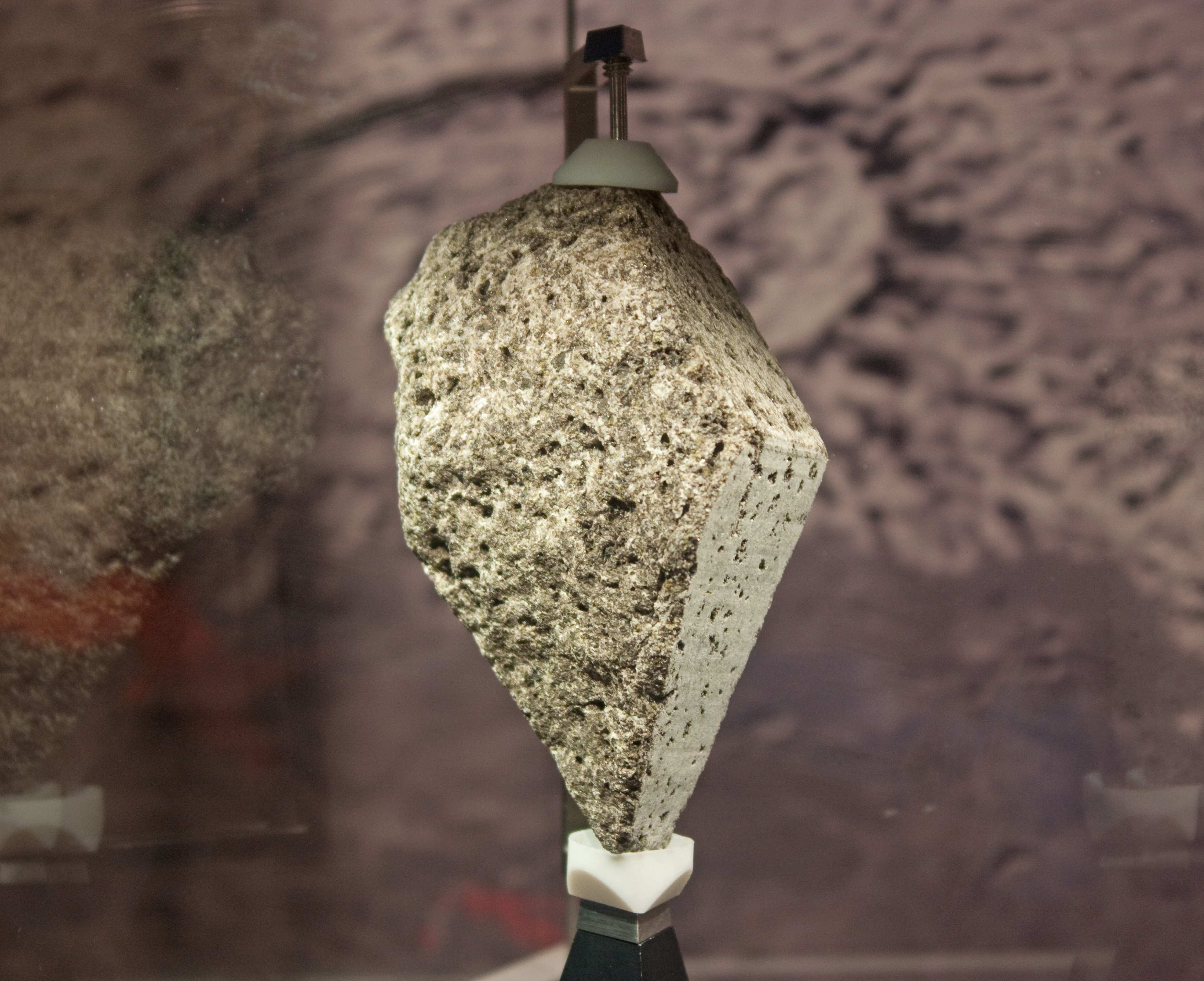Imbrian on:
[Wikipedia]
[Google]
[Amazon]
The Imbrian is a lunar geologic period divided into two epochs, the Early and Late.
 In the
In the
Early Imbrian
In thelunar geologic timescale
The lunar geological timescale (or selenological timescale) divides the history of Earth's Moon into five generally recognized periods: the Copernican, Eratosthenian, Imbrian ( Late and Early epochs), Nectarian, and Pre-Nectarian. The boundar ...
, the Early Imbrian epoch occurred from 3,850 million years ago to about 3,800 million years ago. It overlaps the end of the Late Heavy Bombardment of the Inner Solar System. The impact
Impact may refer to:
* Impact (mechanics), a large force or mechanical shock over a short period of time
* Impact, Texas, a town in Taylor County, Texas, US
Science and technology
* Impact crater, a meteor crater caused by an impact event
* Imp ...
that created the huge Mare Imbrium
Mare Imbrium (Latin ''imbrium'', the "Sea of Showers" or "Sea of Rains") is a vast lunar mare, lava plain within the Imbrium Basin on the Moon and is one of the larger craters in the Solar System. The Imbrium Basin formed from the collision ...
basin occurred at the start of the epoch. The other large basins that dominate the lunar near side (such as Mare Crisium, Mare Tranquillitatis
Mare Tranquillitatis (Latin for Sea of Tranquillity or Sea of Tranquility) is a lunar mare that sits within the Tranquillitatis basin on the Moon. It contains Tranquility Base, the first location on another celestial body to be visited by huma ...
, Mare Serenitatis
Mare Serenitatis (Latin ''serēnitātis'', the "Sea of Serenity") is a lunar mare located to the east of Mare Imbrium on the Moon. Its diameter is .
Geology
Mare Serenitatis is located within the Serenitatis basin, which is of the Nectarian ...
, and Mare Fecunditatis) were also formed in this period. These basins filled with basalt
Basalt (; ) is an aphanite, aphanitic (fine-grained) extrusive igneous rock formed from the rapid cooling of low-viscosity lava rich in magnesium and iron (mafic lava) exposed at or very near the planetary surface, surface of a terrestrial ...
mostly during the subsequent Late Imbrian epoch. The Early Imbrian was preceded by the Nectarian
The Nectarian Period of the lunar geologic timescale was from 3.920 billion years ago to 3.850 billion years ago. It is the period during which the Nectaris Basin and other major basins were formed by large impact events. Ejecta from Nectaris for ...
.
Late Imbrian
 In the
In the Lunar geologic timescale
The lunar geological timescale (or selenological timescale) divides the history of Earth's Moon into five generally recognized periods: the Copernican, Eratosthenian, Imbrian ( Late and Early epochs), Nectarian, and Pre-Nectarian. The boundar ...
, the Late Imbrian epoch occurred between 3,800 million years ago to about 3,200 million years ago. It was the epoch
In chronology and periodization, an epoch or reference epoch is an instant in time chosen as the origin of a particular calendar era. The "epoch" serves as a reference point from which time is measured.
The moment of epoch is usually decided b ...
during which the mantle below the lunar basins partially melted and filled them with basalt
Basalt (; ) is an aphanite, aphanitic (fine-grained) extrusive igneous rock formed from the rapid cooling of low-viscosity lava rich in magnesium and iron (mafic lava) exposed at or very near the planetary surface, surface of a terrestrial ...
. The melting is thought to have occurred because the impacts of the Early Imbrian thinned the overlying rock – either causing the mantle to rise because of the reduced pressure on it, bringing molten material closer to the surface, or the top melting as heat flowed upwards through the mantle because of reduced overlying thermal insulation
Thermal insulation is the reduction of heat transfer (i.e., the transfer of thermal energy between objects of differing temperature) between objects in thermal contact or in range of radiative influence. Thermal insulation can be achieved with s ...
. The majority of lunar samples returned to earth for study come from this epoch.
Relationship to Earth's geologic time scale
Since little or nogeological
Geology (). is a branch of natural science concerned with the Earth and other astronomical objects, the rocks of which they are composed, and the processes by which they change over time. Modern geology significantly overlaps all other Earth s ...
evidence on Earth
Earth is the third planet from the Sun and the only astronomical object known to Planetary habitability, harbor life. This is enabled by Earth being an ocean world, the only one in the Solar System sustaining liquid surface water. Almost all ...
exists from the time spanned by the Early and Late Imbrian epoch of the Moon, the Early and Late Imbrian has been used by at least one notable scientific work as an unofficial subdivision of the terrestrial Hadean
The Hadean ( ) is the first and oldest of the four geologic eons of Earth's history, starting with the planet's formation about 4.6 billion years ago (estimated 4567.30 ± 0.16 million years ago set by the age of the oldest solid material ...
eon.
See also
*References
*04 {{Moon-stub